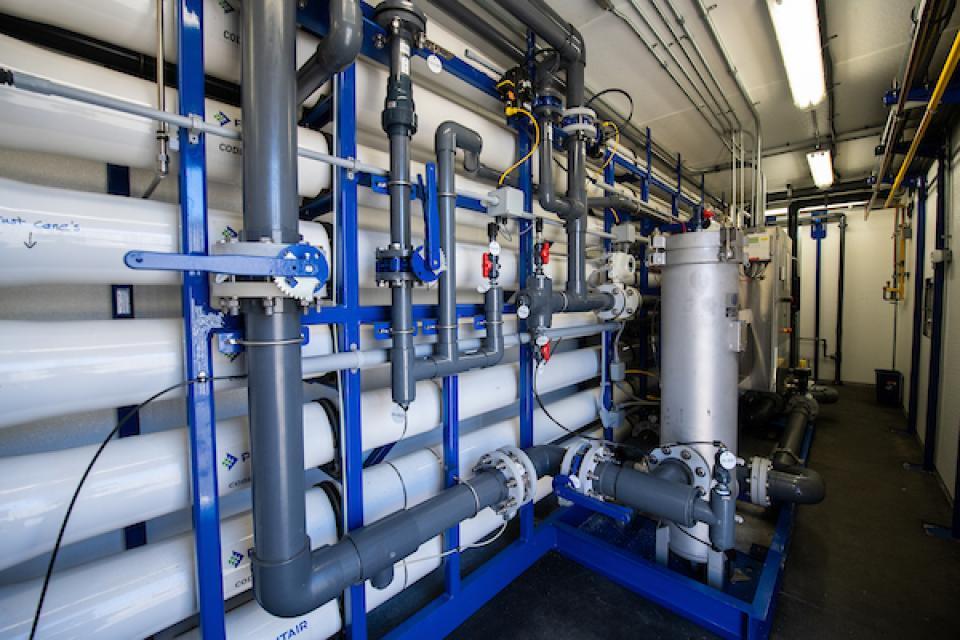Water Recycling and Title 22
 Title 22 of California’s Code of
Regulations refers to state guidelines for how treated and
recycled water is discharged and used.
Title 22 of California’s Code of
Regulations refers to state guidelines for how treated and
recycled water is discharged and used.
State discharge standards for recycled water and its reuse are regulated by the 1969 Porter-Cologne Water Quality Control Act and the State Water Resources Control Board’s 2019 Water Recycling Policy.
Title 22 lists 40 specific uses allowed with disinfected tertiary recycled water (such as irrigating parks), 24 specific uses allowed with disinfected secondary recycled water (such as irrigating animal feed and other unprocessed crops), and seven specific uses allowed with undisinfected secondary recycled water (such industrial uses).
Other allowed uses of the disinfected recycled water include irrigation of food crops and residential landscaping, supply of recreational impoundments for unrestricted body contact, air conditioning, commercial laundry, decorative fountains, and flushing toilets in commercial buildings.
The State Water Board governs the permitting of recycled water projects, develops uniform water recycling criteria and reviews and approves Title 22 engineering reports for recycled water use.
Wastewater treatment standards are set and enforced by the state’s nine regional water quality control boards in consultation with the California Department of Public Health. The nine regional boards are part of the State Water Board.
The State Water Board is reviewing recycled water use permits issued prior to Jan.1, 2001 to ensure consistency with all applicable regulations, including Title 22. If necessary, the State Water Board may require a new or updated Title 22 engineering report to be submitted for review and approval.
As part of its long-term planning, the state of California aims to:
- Increase the use of recycled water over 2002 levels by at least 1 million acre-feet per year by 2020, and by at least 2 million acre-feet a year by 2030.
- Increase the use of stormwater over 2007 levels by at least 500,000 acre-feet a year by 2020, and by at least 1 million acre-feet a year by 2030.








